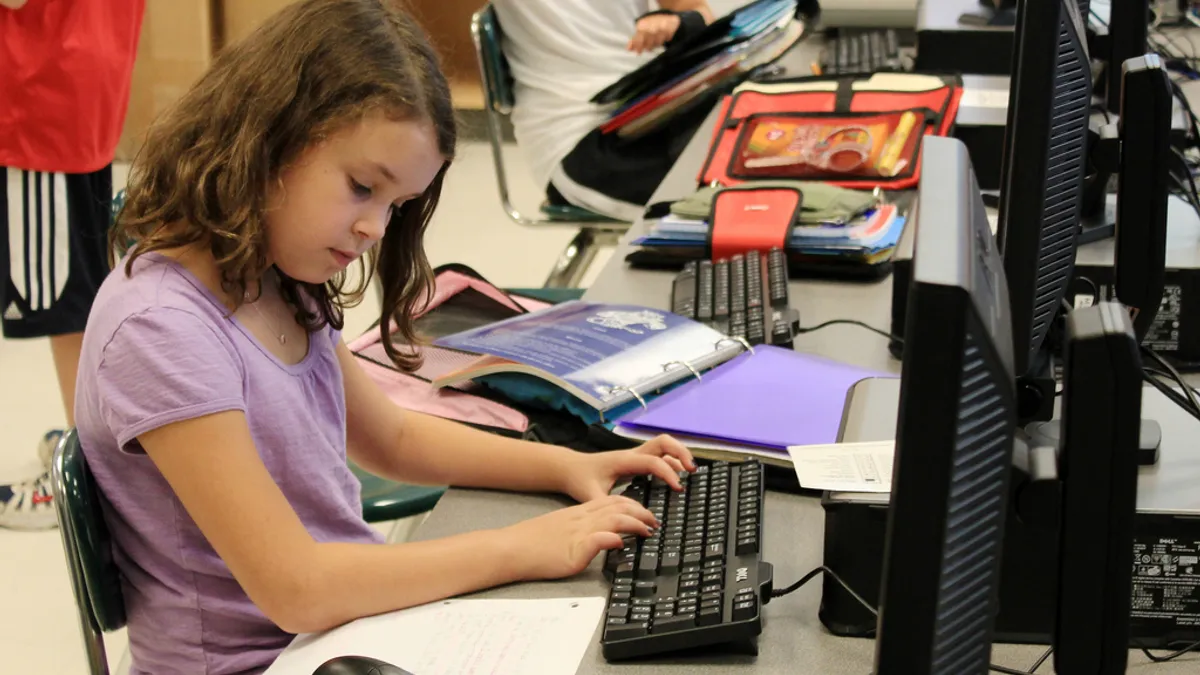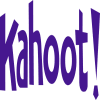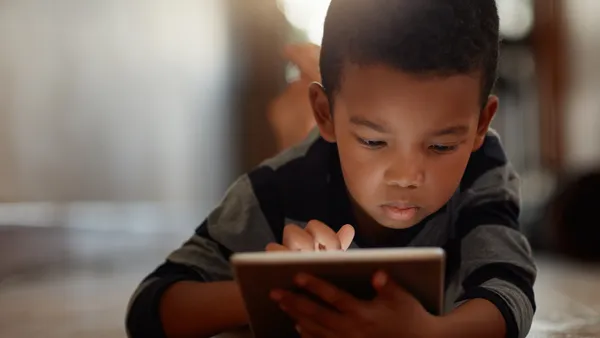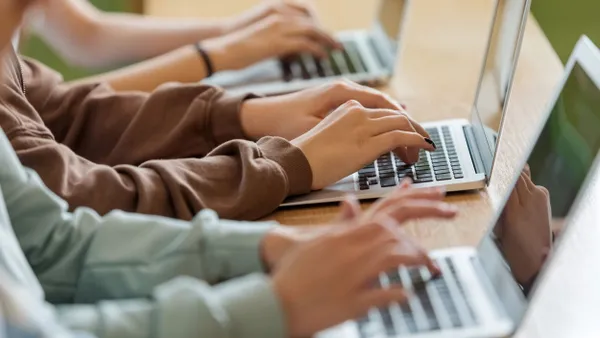Last week, an Alabama school district was accused of racism after a social media monitoring program resulted in the expulsion of 14 students, 12 of whom were black. The district's program was operated by a former FBI agent investigating the social media accounts and activities of students recommended by teachers and administrators.
While this incident spotlights the downside of policing students' social media activity, what if districts instead concentrated on using it to benefit and enhance the educational experience?
Below are 4 ways social media platforms can be leveraged in some pretty spectacular and unconventional ways in the classroom.
Twitter can be used in a number of ways. For one, as a class the teacher and students can set up an account and determine a bunch of "experts" to follow. If you're a biology teacher, are there certain scientists, professors, or journalists that you think would be fun to follow? Or maybe if you're a language arts teacher, there are authors of interest. Twitter is a great way to discover facts and news, and to gather interesting ideas from fascinating people.
Additionally, why not let students live tweet class? Each week, pick a different student to be your scribe. Their responsibility is tweeting important facts, quotes, and ideas raised in class. This use of Twitter has two benefits: You can teach students the beauty of brevity and how to synthesize information in 140 characters or less, and you'll also create a record of what students have learned in class. Come exam time, students can go back to the Twitter account to review what is then essentially a study guide, as well as what day in their corresponding notes they should flip to for certain information or keywords.
We can learn a lot from images. One amazing activity for encouraging critical thinking is a game called "Gap Fill In," where students are shown a picture and must then write down, very simply in two sentences or less, what they believe is happening in the photo. The activity not only forces students to use evidence, but supports meta cognition skills by asking what prior knowledge brought them to their conclusion. Creating a Pinterest with a bunch of potential "Gap Fill In" images is a great way to have a curated, accessible selection of activity-appropriate images. Maybe for homework, students pick an image and do the exercise from home. Or maybe students upload their own images and quiz each other.
Another idea for Pintrest: Having students aggregate images that they feel are associated with a book they are reading. Maybe they have to create digital collages of their favorite character, or a particular setting.
Tumblr
A classroom blog is a great way to give students study questions, post about upcoming tests, and also keep parents in the loop. The blog can be run by the teacher for communication purposes, or the students and teacher can both participate for more of a dialog format. Students could also log in and write answers to a teacher's questions in a post's comments section.
Similar to Tumblr, you can create a Facebook page for your class where teachers can update students and parents about homework assignments, or post questions. This may be better for high school, where it's more likely that the students have Facebook. It's somewhat hit or miss in middle school and elementary school (and some parents might not be OK with students that young using it).
Would you like to see more education news like this in your inbox on a daily basis? Subscribe to our Education Dive email newsletter! You may also want to read Education Dive's look at how a later start to the school day benefits students.














